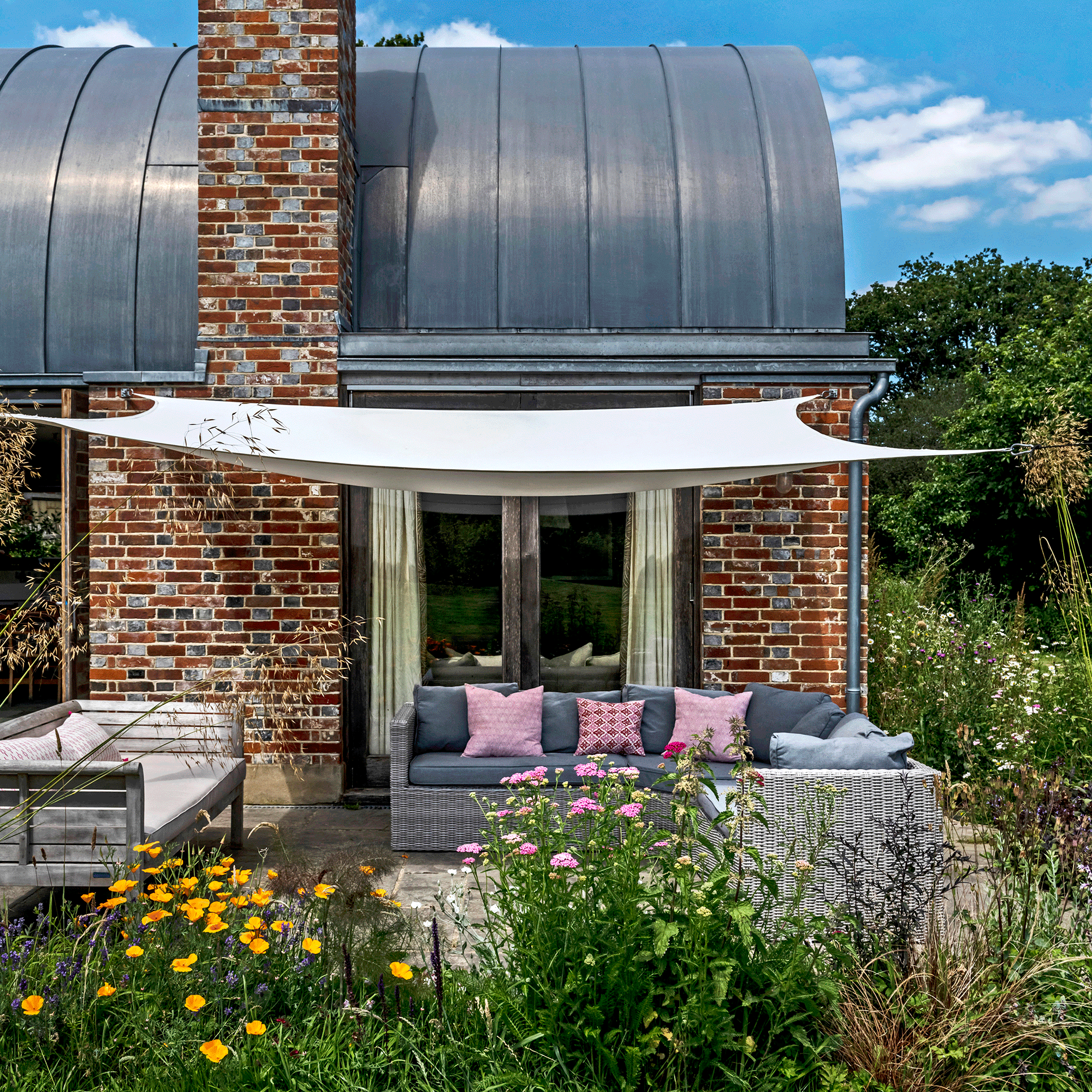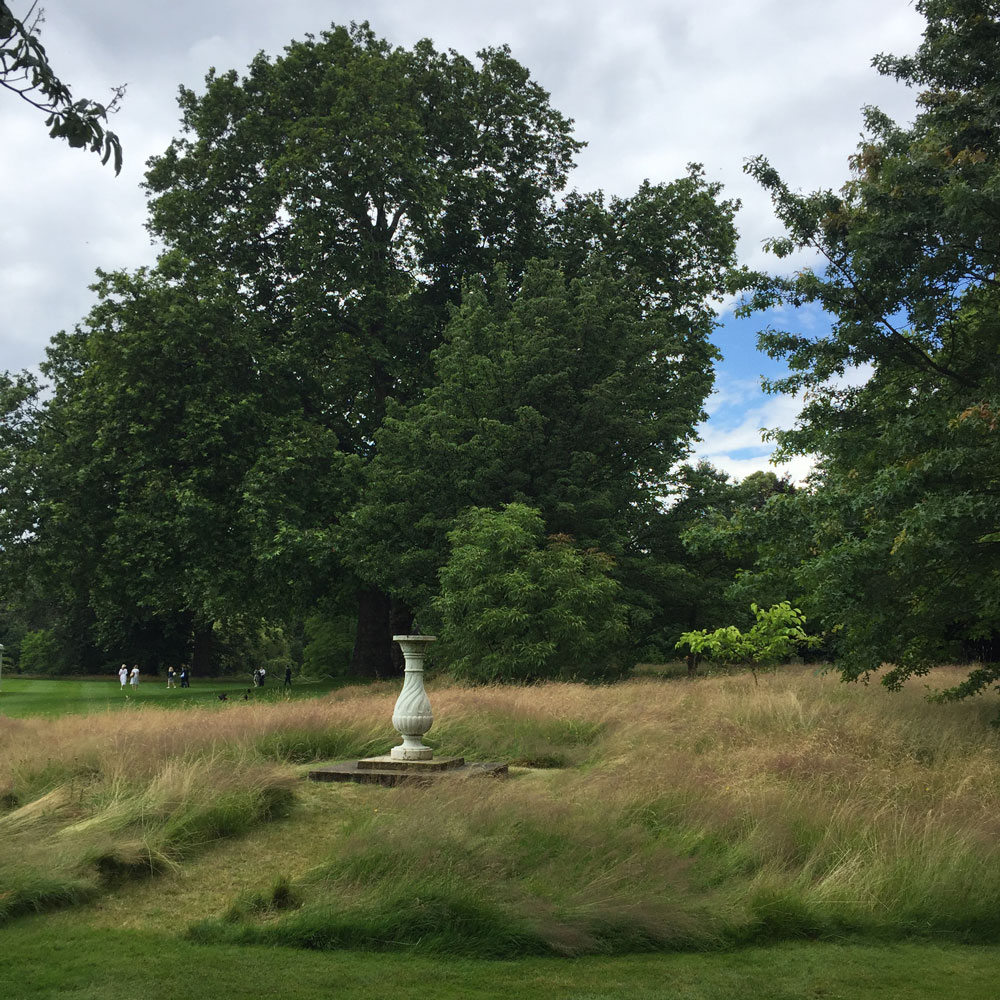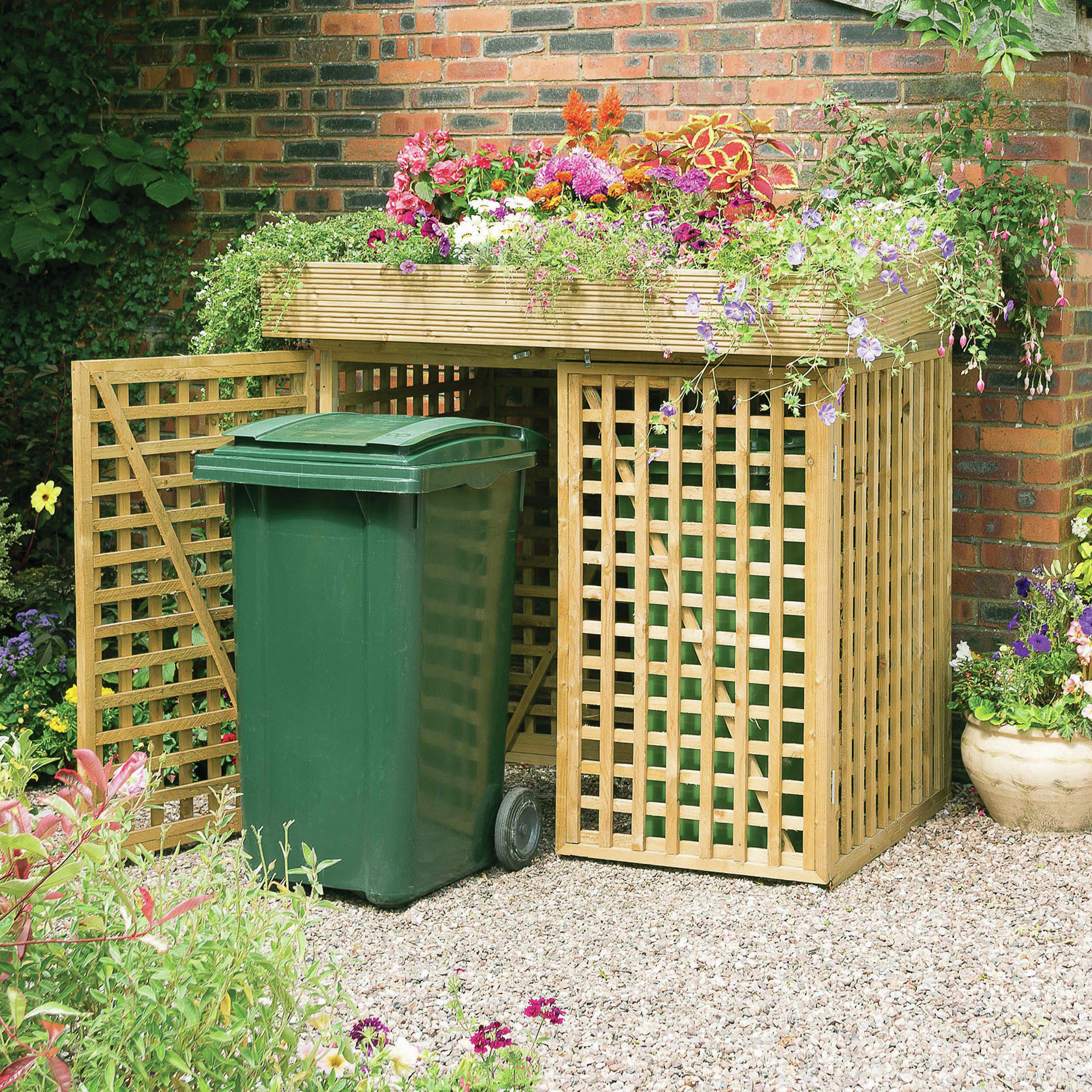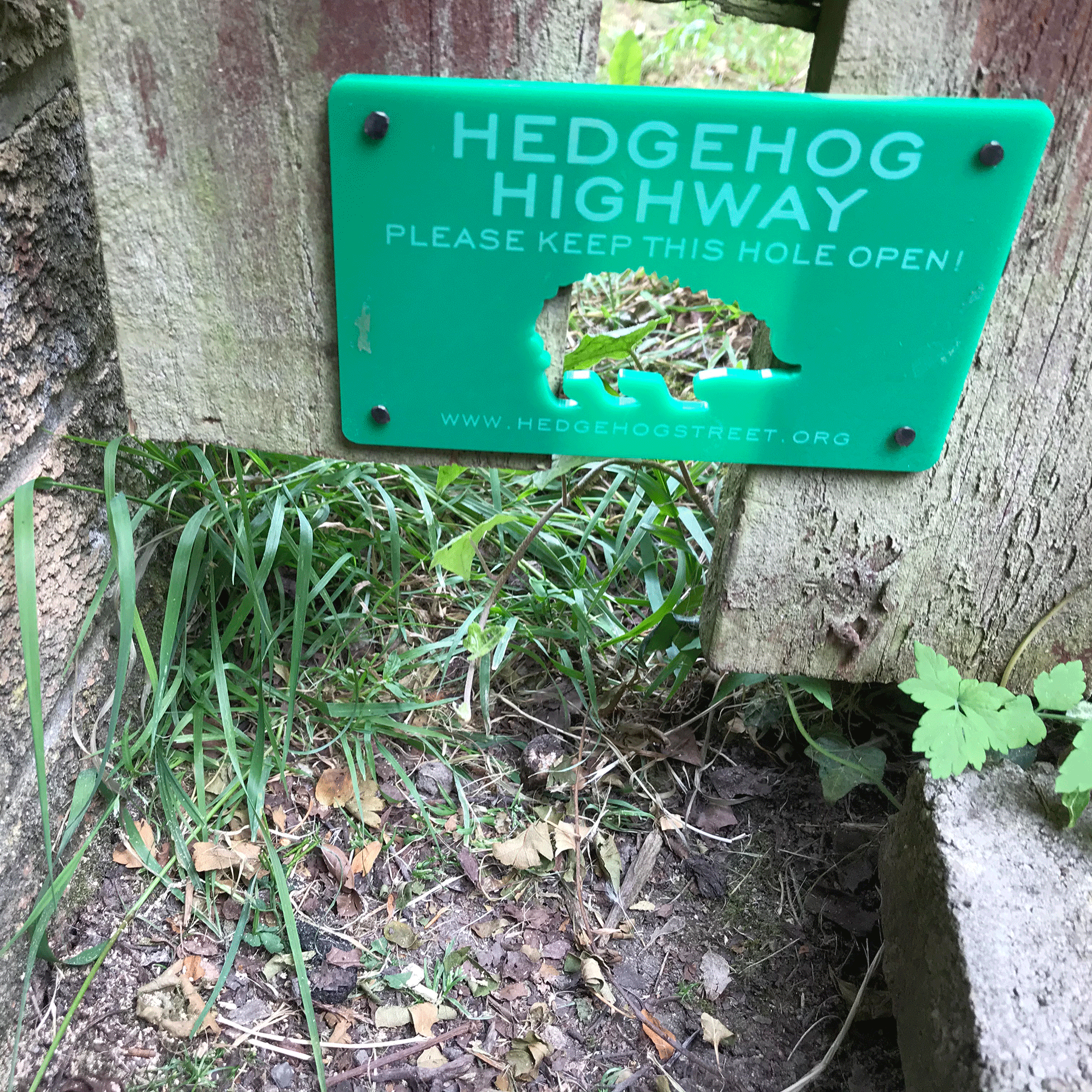
You may have heard of the term rewilding in passing but the garden trend is one of great importance. Rewilding is essentially the process of restoring and resetting natural habitats and landscapes so that wildlife can thrive and nature can essentially take care of itself.
The word originally mostly applied to large areas of land but organisations such as the RHS, and even Buckingham Palace are encouraging us to use our gardens and green spaces to help out the cause. In some ways, it is the ultimate lazy gardening trend as you just sit back and let nature take over. But you don’t necessarily need to let your entire garden grow wild, instead, you can devote just a small part of your garden to rewilding and accommodating wildlife.
According to official research from Rewilding Britain, four in every five UK adults support rewilding but it can be tricky to know how to achieve it or even get started in our own outdoor spaces.

And given that only 1% of the country is currently in an official stage of rewilding, we can all do our bit to help. Even the smallest garden ideas or outdoor spaces can become more biodiverse. Buckingham Palace is surprisingly the perfect example of how rewilding a garden can help nature.

Behind the manicured flowerbeds, the Buckingham Palace gardeners employ a long grass policy, that ensures 10 per cent of the 39-acre garden is left to grow. The grass around the lake is allowed to grow: 'An 800-metre stretch of ground around the edge of the lake is cut on a rotational basis every four years, again, allowing flora and fauna to prosper,' says the website.
Despite its city-centre location, there are 325 wild plant species, including creeping buttercup and herb robert, and 30 species of breeding birds, now thriving in Buckingham Palace garden due to the policy.
How to rewild a garden
However, while not all of us have 39-acres to play with, there are some easier ways to rewild your garden or green space. Simply letting your grass grow longer and cutting it less frequently can be very beneficial to wildlife garden ideas, or leaving a wild patch of weeds – that will actually provide nectar, seeds and shelter for a whole host of insects, birds and mammals.
But if you want to get creative and try out a few more innovative ways to rewild your garden here are 5 of our favourite ways.
1. Add a living roof

‘Adding a living roof to a garden building is a great way to begin your rewilding journey and is a particularly smart idea for those with less garden space,’ says Sam Jenkinson, Head of Marketing at Tiger.
‘Not only do they provide a habitat for birds and insects, but they will also help with water-run off and rain management from a practical point of view too.’
So, if you have a garden shed, you can partially or completely cover the roof with plants and vegetation to add more green space. This is also a great solution when looking for wheelie bin storage ideas, as they turn something unsightly into a verdant display.
If the roof that you’re applying the greenery to isn’t already waterproof, make sure you install a waterproof membrane and draining system, and reinforce the roof with timbers to keep it strong.
2. Start a log pile

‘Dead branches, piles of leaves, logs and rocks can provide a habitat for insects and hedgehogs, or food for beetle larvae,’ says Richard Bunting of Rewilding Britain, who also runs environmental project Little Green Space.
And you can replicate this kind of environment in your own garden simply by making a pile of logs. You can also add in any other bits that you would normally tidy away, such as twigs, moss and pinecones.
Because it creates a dark and confined space, particularly if you put it in a shaded spot in your garden, insects and bugs will descend on it to hide, feed, hibernate and live.
3. Plant your own mini meadow

For those with lots of green space or garden to spare, creating your own mini meadow can be a great way to rewild.
We’ve already mentioned letting your grass grow longer but if you enjoy sitting outside in the summer months, it’s often not too practical to let your entire garden grow wild.
‘Pick a small sunny section and sow wildflower seeds in that one area to attract and contain the pollinating insects,’ suggests Sam Jenkinson, Head of Marketing at Tiger.
‘You’ll need to remove any existing turf and the first layer of soil but these can be added to the green roof to reduce waste. Raised beds can be helpful too when sectioning off wild areas of a garden.’
Alternatively, you could hop on the tapestry lawn trend which uses a variety of ground cover plants to mimic the look of traditional lawns with more benefits for wildlife.
4. Incorporate a variety of bird feeders

You may already have a bird feeder in your garden or on your balcony but, ‘using a variety of bird feeders is important to attract as many species as possible,’ says Sam.
Combining a range of feeders in a few different spots in your garden, from hanging feeders that can be hung from trees or even fences to platform feeders, ‘having birds in the garden will also help to maintain insect populations and therefore reduce damage to plants,’ he confirms.
5. Create a wildlife highway with your neighbours

Creating a path in which mammals such as hedgehogs, mice and squirrels can easily move from garden to garden.
You will want to consult your neighbours first before making any changes but something as simple as creating a small hole or pathway through fences. Grace Johnson, Hedgehog Officer for Hedgehog Street says: 'One of the main reasons hedgehogs have experienced such a dramatic decline is due to lack of accessible habitat. The UK is home to countless gardens which have the potential to be hedgehog havens, but more and more are now closed off due to fences and walls.'
'One of the best ways to really make a difference is by creating a Hedgehog Highway and allowing hedgehogs to roam between your garden, your neighbour’s and other green spaces nearby. Either remove a brick from the bottom of your garden wall, cut a 13x13cm square hole in your fence if there aren’t already any gaps, or simply dig a channel underneath your wall, fence or gate (and encourage neighbours to the same!)'
You can even make a statement of your highway as a playful feature in a family garden idea.
How many acres do you need to rewild?
You can rewild no matter how small your garden is. According to Rewilding Britain, you need upwards of 1,000 acres to reintroduce a species, but they stress that every little helps.
'Species reintroductions for the restoration of natural processes need upwards of 1,000 acres at least. But creating a pond in your garden, or letting some of your lawn transform into a wildflower meadow, will bring new species into your world. They'll just be a little smaller,' they say on their website.
So there's no reason you can't rewild your small corner of the world.







